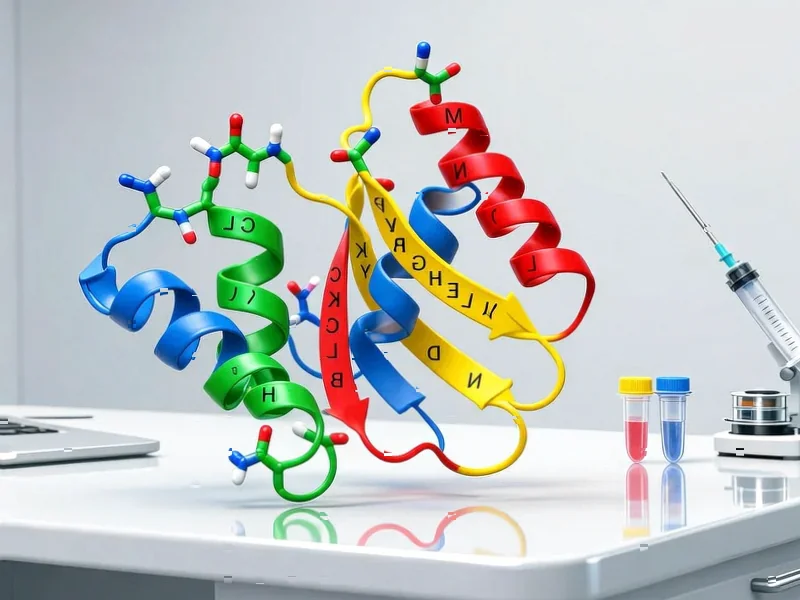According to ScienceAlert, sections of DNA once dismissed as dormant and useless could be recruited to fight drug-resistant blood cancers, particularly myelodysplastic syndrome and chronic lymphocytic leukemia. An international team led by King’s College London researchers discovered that mutations in ASXL1 and EXH2 genes reactivate transposable elements – mobile DNA sequences that can duplicate and spread throughout cancer cells’ DNA. This activity stresses cancer cells, making them dependent on PARP repair proteins, which can be targeted by existing PARP inhibitor drugs. The research, conducted using mouse models and human cancer cells, showed these drugs effectively killed the tested blood cancers while mostly sparing healthy cells. This breakthrough suggests a novel approach to treating previously untargetable cancers.
The Junk DNA Paradigm Shift
What makes this discovery particularly significant is how it fundamentally challenges our understanding of cancer biology and treatment development. For decades, the pharmaceutical industry has focused overwhelmingly on protein-coding genes as drug targets, essentially ignoring the vast non-coding regions of our genome. This research demonstrates that what we previously considered biological “noise” actually contains exploitable vulnerabilities. The published findings represent a paradigm shift in how we approach cancer drug development – instead of only targeting what cancer cells are doing, we can now target how they’re coping with their own internal chaos.
Treatment Market Implications
The immediate market impact centers on the repurposing potential for existing PARP inhibitors like olaparib, rucaparib, and niraparib. These drugs, already approved for BRCA-mutated cancers, could see expanded indications for blood cancers with ASXL1 and EXH2 mutations. This represents a faster pathway to clinical application than developing entirely new compounds. Pharmaceutical companies holding PARP inhibitor patents – including AstraZeneca, Clovis Oncology, and GlaxoSmithKline – may pursue label expansions that could significantly extend their revenue streams beyond current ovarian and breast cancer indications. The research team’s confidence that these findings apply to other cancer types suggests even broader market potential.
Shifting Competitive Landscape
This discovery creates both opportunities and challenges for biotech companies focused on hematological malignancies. Companies developing treatments for chronic lymphocytic leukemia and myelodysplastic syndrome now face potential competition from repurposed PARP inhibitors that could reach market faster than novel therapies. However, it also opens new avenues for combination therapies – pairing PARP inhibitors with existing treatments to overcome resistance mechanisms. The research suggests we’re entering an era where understanding cancer’s internal stress responses becomes as important as targeting specific mutations, potentially leveling the playing field between large pharma and nimble biotech firms.
Diagnostic and Companion Test Opportunities
The identification of ASXL1 and EXH2 mutations as biomarkers creates immediate opportunities in the diagnostic space. Companies developing genetic testing panels for hematological cancers will need to incorporate these markers to identify patients who could benefit from PARP inhibitor therapy. This represents a significant expansion beyond the current focus on BRCA and homologous recombination deficiency testing. The mechanistic insights also suggest that monitoring transposable element activity could become a new way to track treatment response and disease progression, creating additional diagnostic and monitoring revenue streams.
Long-term Research and Development Outlook
Beyond immediate treatment implications, this research opens entirely new avenues for cancer drug discovery. If transposable elements represent a previously untapped vulnerability across multiple cancer types, we may see increased investment in understanding non-coding genome biology. This could lead to novel drug classes specifically designed to exploit these mechanisms rather than repurposing existing PARP inhibitors. The finding that healthy cells are largely unaffected suggests this approach could offer improved therapeutic windows compared to traditional chemotherapy, potentially revolutionizing how we approach difficult-to-treat cancers with fewer side effects for patients.




